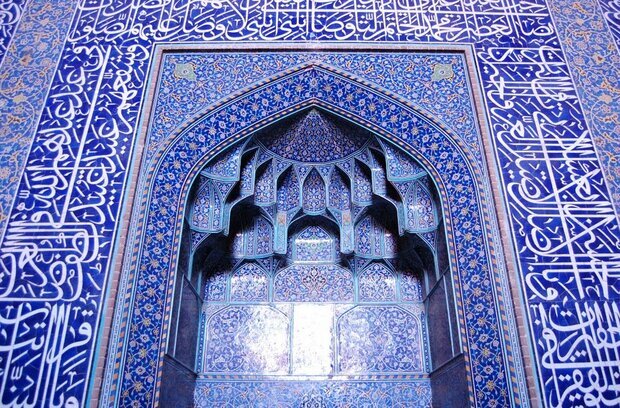Religious tourism: 12 Iranian mosques inscribed on national heritage list

TEHRAN – A selection of 12 mosques, which stand tall in various cities of Iran’s Markazi province, have recently been added to the national heritage list of the country.
“12 historical mosques, many of which bearing magnificent architectural elements, have recently been registered on the national heritage list in order to receive better protection,” provincial tourism chief Morteza Marzban said on Sunday.
“Currently, the total number of nationally-registered mosques reaches 34 that is a considerable potential for religious tourism across the province,” the official added.
The newly-registered mosques are located in the cities of Ashtian, Arak, Tafresh, Khomein, Khondab, Delijan, Zarandieh, Saveh, and Mahallat, he said.
Cascades of photogenic domes and minarets can be seen in every corner of Iran as inseparable elements of mosques some of which are widely known as timeless benchmarks of Islamic architecture.
Iran is home to hundreds of shrines, Imamzadehs, mausoleums, churches, and even fire temples amongst other religious destinations which are dedicated to different faiths. For instance, the holy shrine of Imam Reza (As), the eighth Imam of the Shia Muslims, annually attracts millions of domestic and foreign pilgrims to Mashhad, the capital of Khorasan Razavi province.
Mosque locally called masjed, or masjid (“a place of prostration” to God), is any house or open area of prayer in Islam. Generally speaking, the architecture of mosques in Iran is a combination of symmetry, geometric designs, and vibrant colors.
The architecture of the mosques in Iran varies from one region to another, due to geometric structures, materials, and styles specific to each location. These mosques often have very complex structures in which color variations, tiles, and symbolic designs are used.
AFM

Leave a Comment